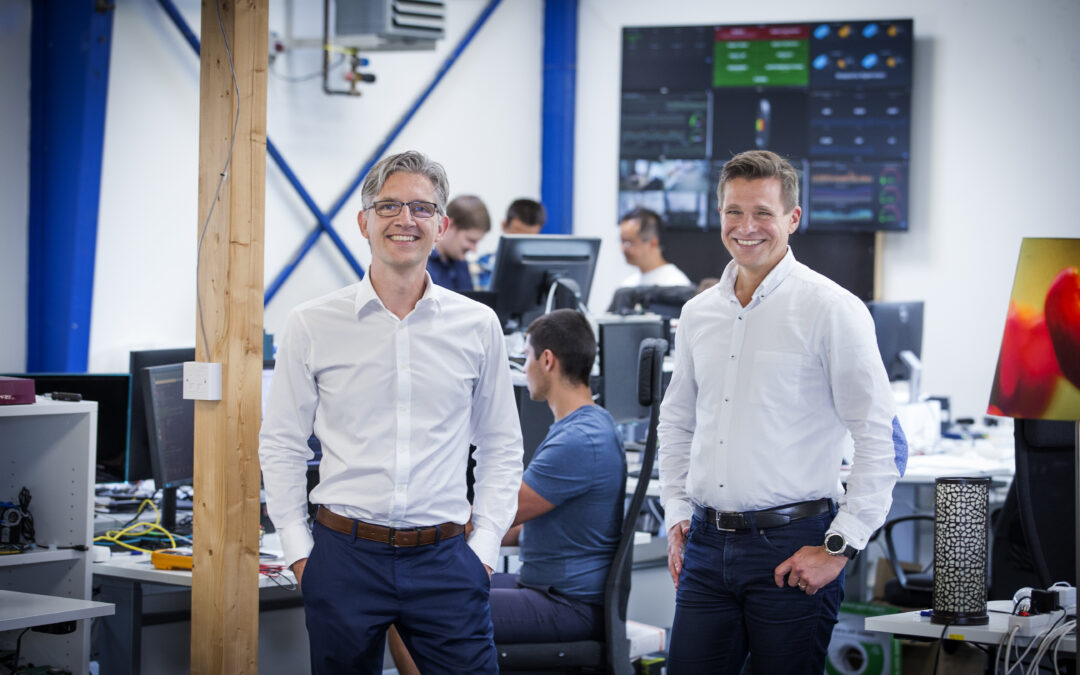
3 reasons why automating appliances is energy efficient and cost effective
Making an IoT coffee machine taught us these things about energy efficiency
What can a mix between IoT and coffee teach us about energy optimization? Quite a few things, it turns out.
The coffee pot is, easily, one of the most frequently visited places at our office. That is because one, obviously, need caffeinated fuel, in order to keep physical products stably connected to the internet.
Joking aside.
It is no secret that our Seluxit team drinks more coffee than tea. And since this is the case, why not make a smart coffee machine. Meaning, making it into an intelligent appliance which lets all our coffee lovers know about the coffee situation – in real-time, all the time, everyday.
Being experts in IoT, this is exactly what we did to our coffee machine. We hooked it up to the internet. And it taught us these things about energy efficiency.
1. Automating your coffee saves time and lets you refill successfully
Contrary to before, our coffee drinkers are now able to more accurately time, when to get up from their desks and successfully refill their mugs with fresh doses of Joe. The reason why is that, we automated the coffee machine after we connected it to the internet.
Through heat sensors, cameras and coding, the containment in the coffee pot is now being captured every second. This data is then sent to our internal communication channel. And this is how everyone knows how many cups are left in the pot and whether it is still hot. In other words, the waiting time for fresh coffee has been reduced.
Over time, this information amounts to a solid foundation of data, which we use to optimize our energy consumption and coffee expenses. This means, that we are able to save money on both our physical and idle energy consumption.
2. Automating lets you know, when maintenance is needed
Moreover, coding our appliance to convey specific information lets us know the exact condition of the machine. For instance, we automated our coffee machine letting it communicate when it needs decalcification.
The reason why this is brilliant is that predictive maintenance, in the long run, is much more energy efficient. In other words, maintaining your appliance in a predictive way ensures that it works smoothly by using the sufficient amount of energy it needs.
By not maintaining the appliance, you will, eventually, cause it to overstrain its performance. Subsequently, overstraining performance can cause you to consume more energy than necessary, when using your appliance.
And this brings us to our last learning.
3. Automating keeps your appliance living longer
A positive side-effect of automating your daily devices is their prolonged lifespan.
Typically, when appliances are no longer working, the default behaviour is to throw them out. However, by predictively maintaining your appliances, you will be able to use them for much longer than you otherwise would.
Not only does this make sense for your energy consumption but it also makes sense economically. With the incremental increase in energy prices, who would not want to save a bit of money?
Last minute reflection
This project was executed from a very hands-on and practical standpoint, on a minor machine which we happen to use daily at our office.
And because of our experience in IoT and energy efficiency, it took very little time to connect the device to the internet and apply the proper automation.
Imagine if the machine was larger. Or if there were more at once.
Do you have larger machines which can benefit from automation and predictive maintenance, too?
We have the expertise to optimize your machine performance and energy usage, through IoT and automation.
Reach out to us and let us help you.


